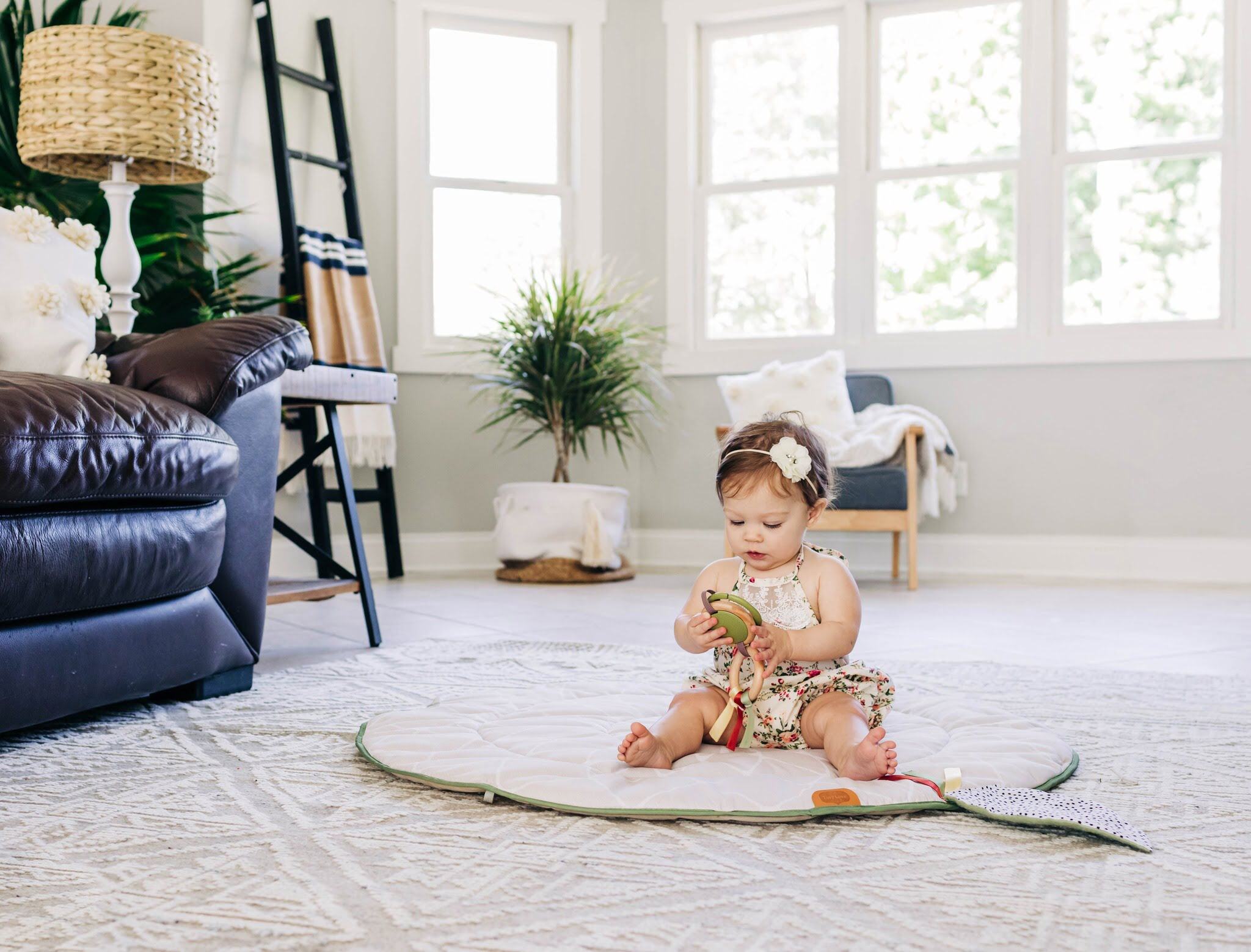

Articles
Where To Put Baby In Living Room
Modified: January 20, 2024
Discover the best articles on where to put your baby in the living room for a safe and comfortable environment. Create a nurturing space with these helpful tips and ideas.
(Many of the links in this article redirect to a specific reviewed product. Your purchase of these products through affiliate links helps to generate commission for Storables.com, at no extra cost. Learn more)
Introduction
Welcome to our guide on where to put your baby in the living room! As a parent, you want to create a safe and comfortable space for your little one, while still maintaining the functionality and style of your living room. Finding the right balance can be a challenge, but with careful planning and a few creative ideas, you can transform your living room into a baby-friendly and aesthetically pleasing space.
When it comes to creating a baby-friendly living room, safety should be your top priority. You’ll need to consider the furniture placement, choose appropriate baby items, and ensure that the space is free from potential hazards. In this article, we will provide you with valuable tips and ideas to help you create a safe and inviting environment for your baby in the living room.
Key Takeaways:
- Create a safe and stimulating living room for your baby by prioritizing safety, choosing adaptable baby furniture, and incorporating play areas and cozy nooks for napping.
- Maximize your living room space with storage solutions, baby-proofing measures, and personal touches to design a welcoming and organized environment for both you and your baby.
Read more: Where To Put Humidifier In Baby Room
Safety Considerations
When designing a baby-friendly living room, it’s crucial to prioritize safety. Here are some essential safety considerations to keep in mind:
- Furniture placement: Arrange your furniture in a way that creates clear pathways and minimizes the risk of tripping or falling. Anchor heavy furniture to the wall to prevent tipping.
- Electrical outlets and cords: Use outlet covers and secure cords out of reach to prevent electrical accidents.
- Sharp edges and corners: Cover sharp furniture edges and corners with corner protectors or choose furniture with rounded edges.
- Window safety: Install window guards or window stops to prevent falls. Keep blind cords out of reach of your baby.
- Secure bookcases and shelves: Anchor tall furniture to the wall to prevent tipping hazards.
- Hazardous items: Store cleaning supplies, medications, and other potentially dangerous items out of reach in locked cabinets or drawers.
- Rugs and carpets: Ensure that rugs are secured with non-slip pads to avoid slipping accidents.
By carefully considering and implementing these safety measures, you can create a secure environment for your baby to explore and play in the living room.
Baby Furniture Options
Choosing the right baby furniture for your living room is essential for creating a comfortable and functional space. Here are some popular baby furniture options to consider:
- Convertible crib: Invest in a convertible crib that can grow with your baby. It can transition from a crib to a toddler bed and even a full-size bed, saving you money in the long run.
- Changing table: A dedicated changing table provides a convenient and safe place to change your baby’s diapers. Look for a changing table with storage shelves or drawers for added functionality.
- Baby rocker or glider: A comfortable baby rocker or glider is a fantastic addition to your living room. It provides a soothing spot for feeding, cuddling, and rocking your baby to sleep.
- Baby high chair: If your baby has started solids, a high chair is a must-have. Opt for a high chair that is easy to clean and has adjustable features to accommodate your growing child.
- Storage ottoman or toy chest: Incorporating multi-purpose furniture, such as a storage ottoman or toy chest, helps keep the living room organized while providing storage for toys, blankets, and other baby essentials.
When selecting baby furniture, consider the size and style that will complement your living room decor. Choose furniture made from non-toxic materials and ensure that it meets safety standards for optimum peace of mind.
Play Area Ideas
Creating a designated play area in your living room allows your baby to explore and engage in activities while being supervised. Here are some play area ideas to inspire you:
- Playmat: Start by investing in a soft and cushioned playmat. It provides a safe and comfortable surface for your baby to play, crawl, and roll around.
- Toy storage: Keep your living room organized by incorporating toy storage solutions. Use bins, baskets, or shelves to neatly store and display your baby’s toys.
- Activity gym: Set up an activity gym where your baby can play with hanging toys and explore different textures and sounds.
- Mirror wall: Install a large mirror or mirror wall to stimulate your baby’s curiosity and promote self-recognition.
- Soft toys and sensory items: Provide a variety of soft toys and sensory items, such as textured balls, squeaky toys, or rattles, to engage your baby’s senses.
- Art station: Set up an art station with washable crayons, finger paints, and large papers for your baby to explore their creativity.
- Reading corner: Create a cozy reading corner with a small bookshelf, soft cushions, and a collection of board books for story time with your baby.
By incorporating these play area ideas into your living room, you provide an engaging and stimulating environment for your baby to play and learn.
Consider placing a playpen or a baby bouncer in the living room where you can keep an eye on your baby while you attend to other tasks. Make sure the area is free from hazards and easily accessible.
Cozy Nook for Napping
Having a cozy spot for your baby to nap in the living room is essential for their comfort and your convenience. Here are some tips on creating a cozy nook for napping:
- Comfortable seating: Choose a comfortable and soft armchair or recliner where you can comfortably hold or feed your baby during nap time.
- Cushions and blankets: Add soft cushions and blankets to create a cozy and snuggly spot for your baby to rest.
- Noise reduction: Minimize external noise by using noise-cancelling curtains or playing white noise to help your baby fall asleep and stay asleep.
- Blackout blinds: Install blackout blinds or curtains to create a dark environment that promotes better sleep for your baby.
- Dimmable lighting: Use dimmable lights or a soft night light to create a soothing ambiance that helps your baby relax and drift off to sleep.
A dedicated cozy nook for napping in the living room ensures that your baby can rest comfortably while still being in close proximity to you. It also allows you to keep an eye on your baby while attending to other tasks in the living room.
Read more: Where To Put Fan In Baby Room
Storage Solutions
Keeping your living room organized and clutter-free is important when you have a baby. Here are some storage solutions to help you stay organized:
- Storage baskets: Use decorative baskets or woven bins to store toys, blankets, and other baby essentials. Place them strategically around the room for easy access and a tidy appearance.
- Shelving units: Install wall-mounted shelves or bookcases to display books, toys, and decorative items. Utilize both open and closed shelving options to accommodate different storage needs.
- Multi-functional furniture: Opt for furniture pieces that double as storage, such as ottomans with hidden compartments or sofas with built-in storage space.
- Wall hooks: Install wall hooks to hang baby accessories, such as diaper bags, jackets, or hats. This keeps them easily accessible and prevents them from cluttering up the living room space.
- Floating shelves: Install floating shelves on the wall to display decorative items or to store baby books and small toys.
By implementing these storage solutions, you can maximize your living room space while keeping it organized and free from clutter. This allows you to create a peaceful environment for both you and your baby to enjoy.
Baby-Proofing Tips
As your baby begins to explore their surroundings, it’s crucial to take necessary precautions to baby-proof your living room. Here are some baby-proofing tips to create a safe environment:
- Secure electrical outlets: Install outlet covers or outlet plates to prevent your baby from sticking their fingers or objects into electrical outlets.
- Use corner guards: Attach corner guards to sharp furniture edges and corners to prevent injuries in case your baby bumps into them.
- Install safety gates: Use safety gates to block off stairs or areas of the living room that are not baby-friendly.
- Secure furniture: Anchor heavy furniture, such as bookcases or TV stands, to the wall to prevent tipping hazards.
- Remove choking hazards: Keep small objects, coins, and other choking hazards out of reach from your baby.
- Cover cords and cables: Use cord covers or cord concealers to keep electrical cords and cables out of your baby’s reach to prevent tangling or chewing.
- Block access to hazardous areas: Use cabinet locks to keep cleaning supplies, medications, and other hazardous substances out of reach.
- Install window guards and window stops: Make sure your windows are equipped with guards or stops to prevent falls or accidents.
Regularly inspect your living room to identify any potential hazards and take necessary measures to eliminate them. Baby-proofing your living room creates a safe and secure space for your little one to explore and play without unnecessary risks.
Conclusion
Creating a baby-friendly living room is all about balancing safety, functionality, and style. By implementing the tips and ideas mentioned in this article, you can design a space that is not only safe and comfortable for your little one but also reflects your personal style and enhances the overall aesthetics of your living room.
Remember to prioritize safety by considering furniture placement, securing hazardous items, and implementing baby-proofing measures. Choose baby furniture that is functional and adaptable for your growing child. Create designated play areas and cozy nooks for napping to stimulate your baby’s development and provide them with a comfortable space.
Storage solutions will help you keep the living room organized and free of clutter, ensuring a peaceful environment for you and your baby. Additionally, don’t forget to incorporate personal touches and design elements that reflect your style and make your living room a welcoming and inviting space for the whole family.
By following these guidelines and using your creativity, you can transform your living room into a safe and enjoyable space for your baby. So go ahead and start planning your baby-friendly living room, and make precious memories with your little one in this special space.
Frequently Asked Questions about Where To Put Baby In Living Room
Was this page helpful?
At Storables.com, we guarantee accurate and reliable information. Our content, validated by Expert Board Contributors, is crafted following stringent Editorial Policies. We're committed to providing you with well-researched, expert-backed insights for all your informational needs.
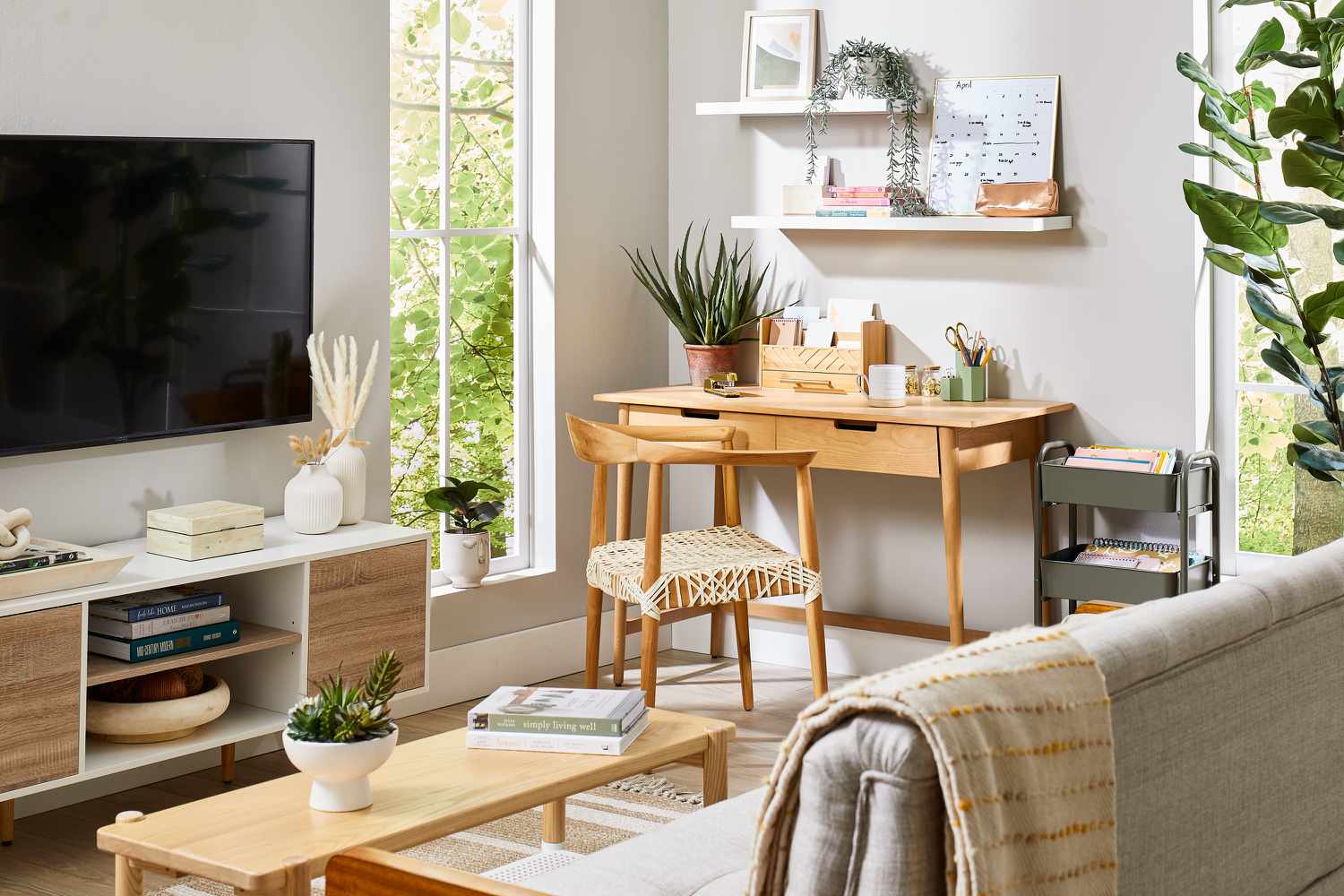
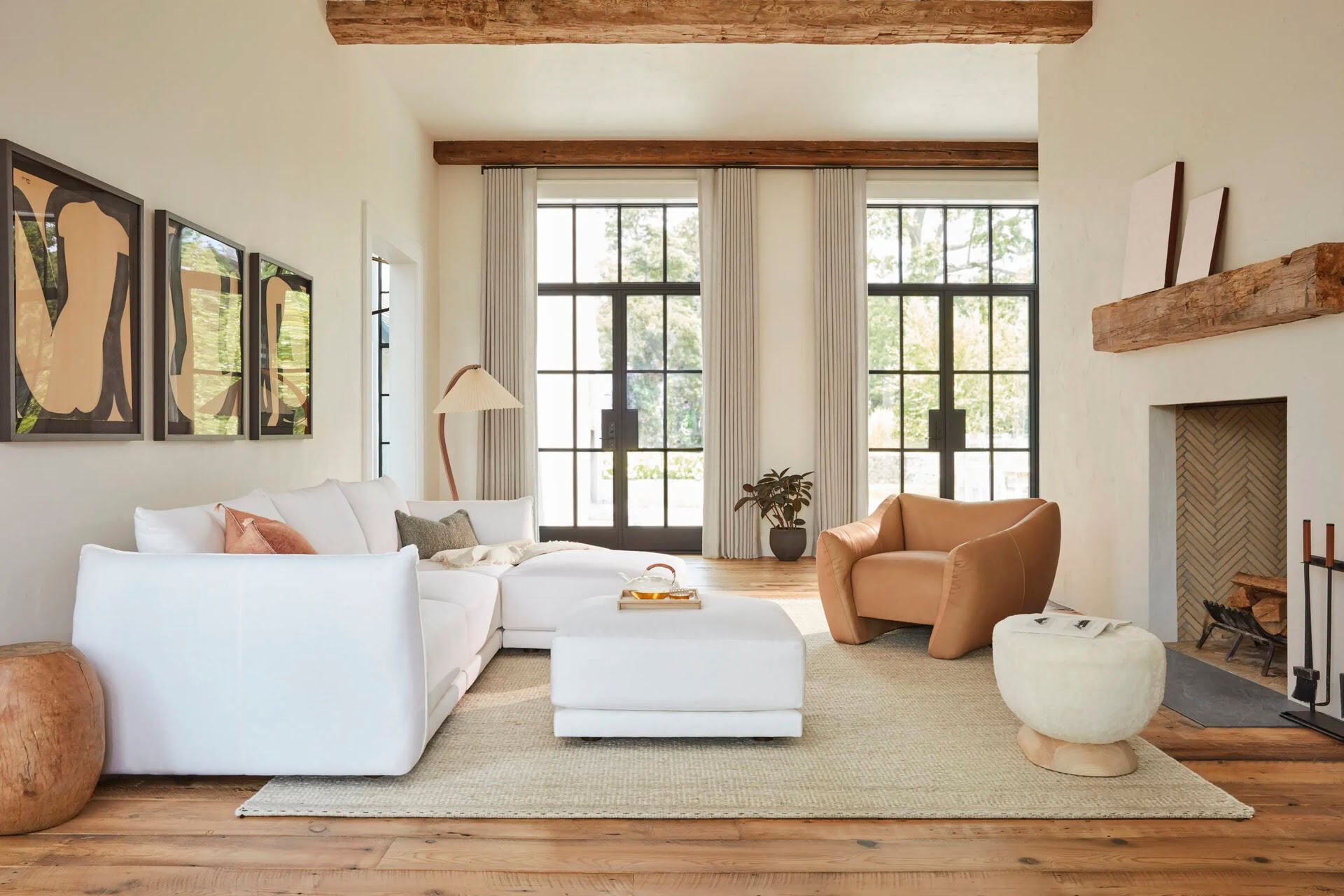
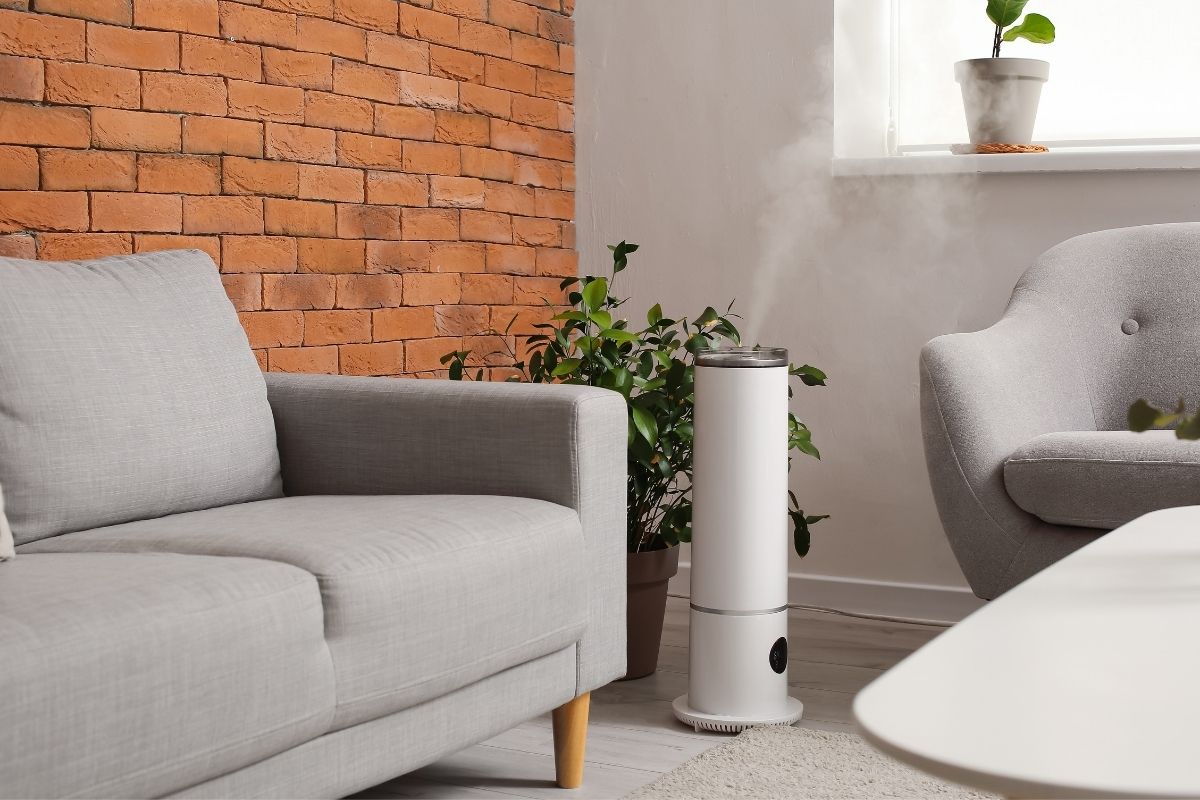
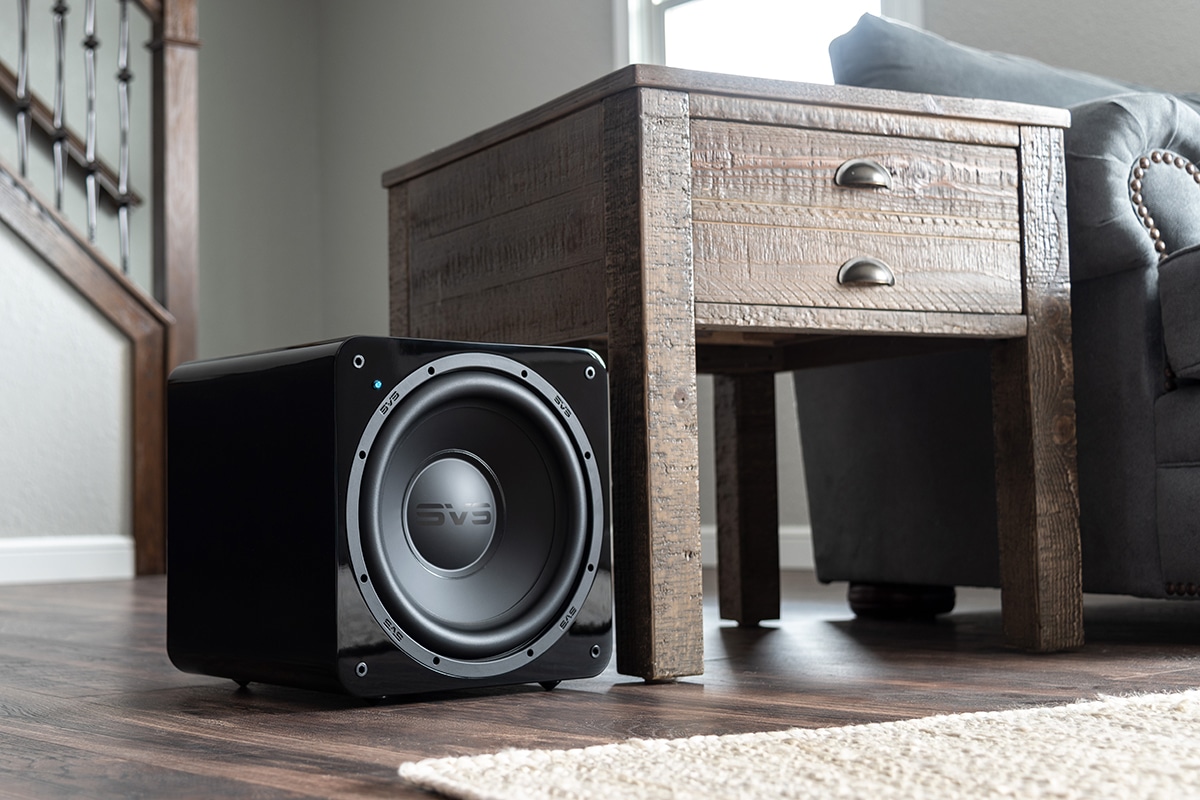
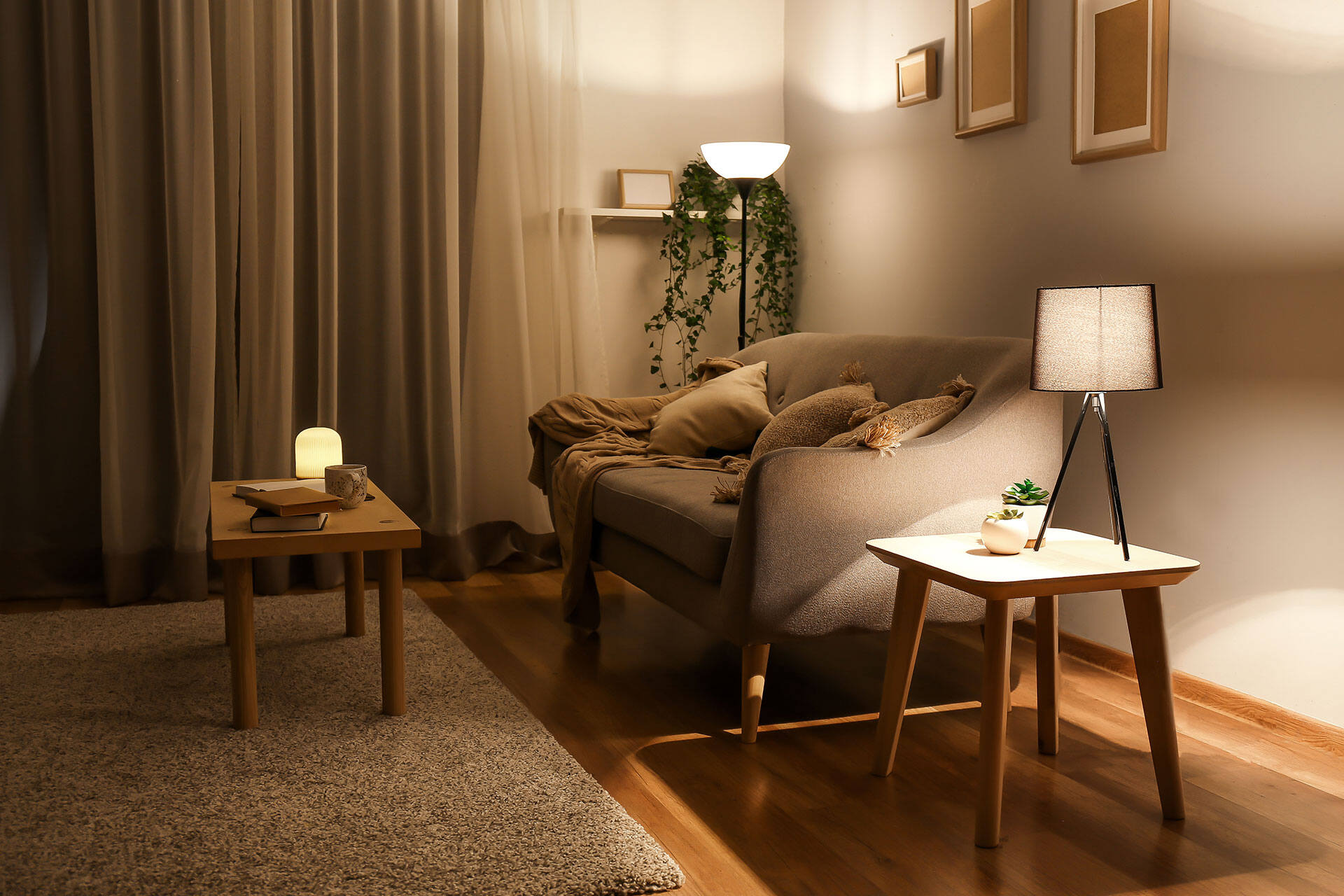
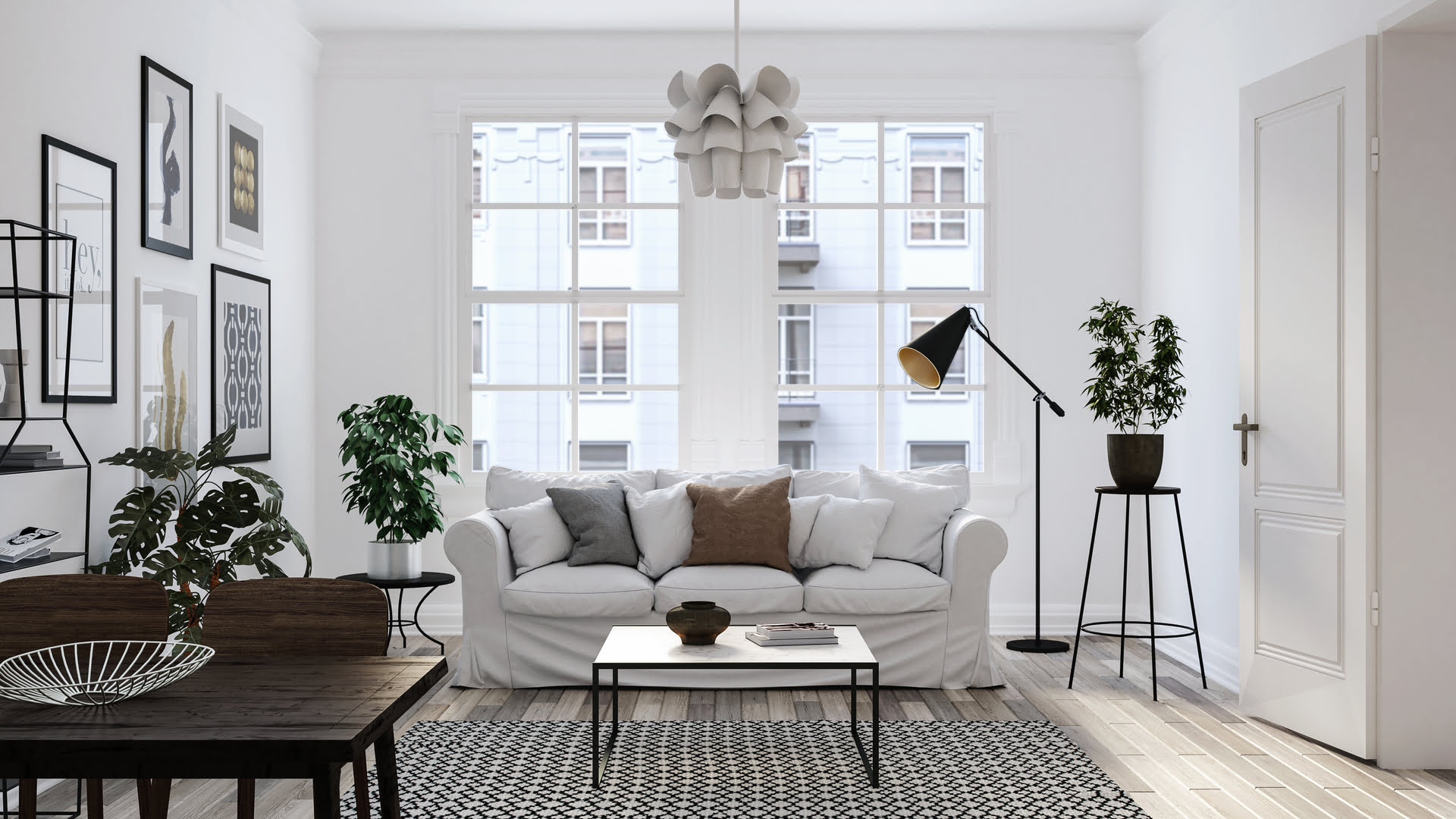
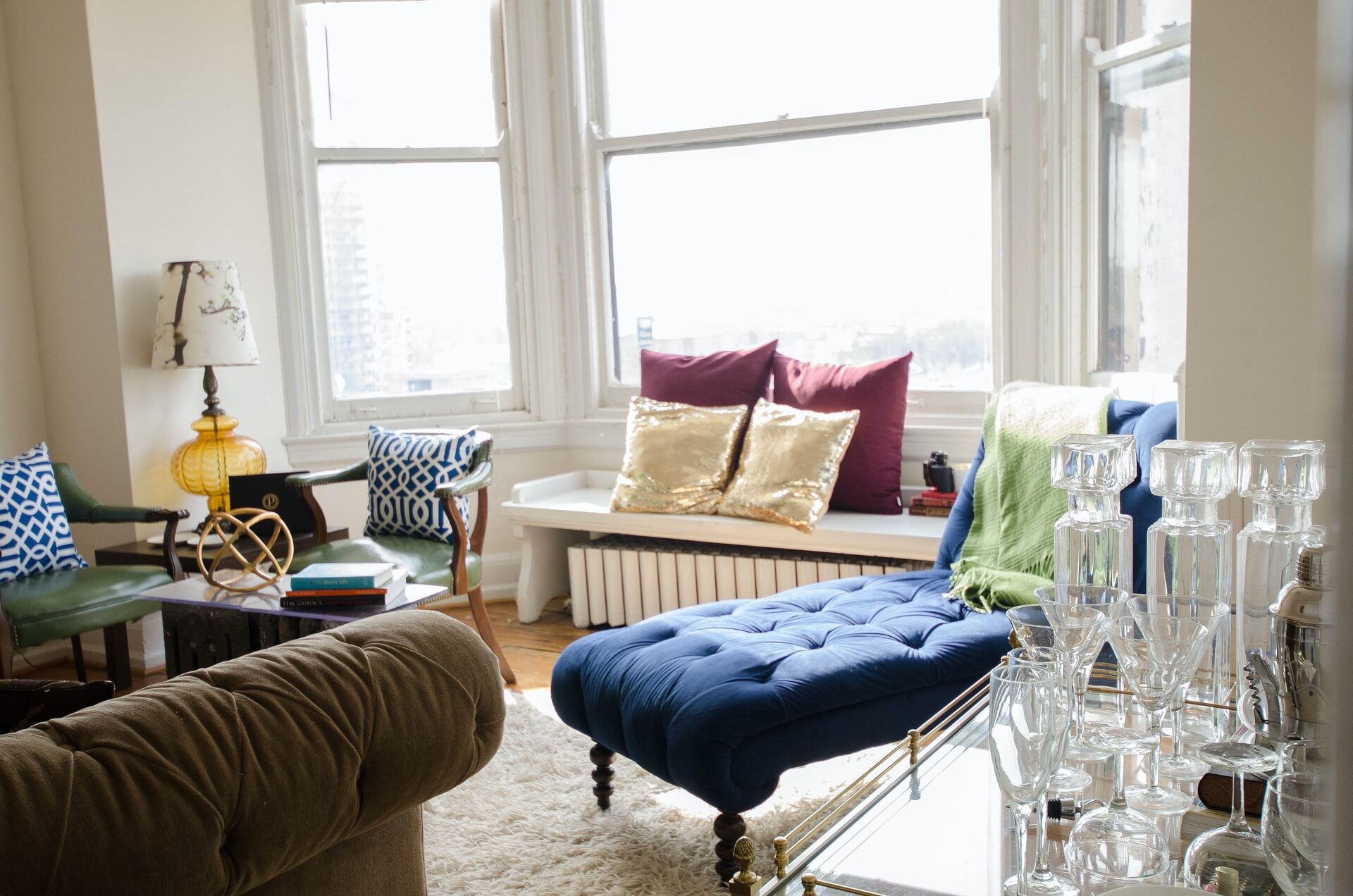
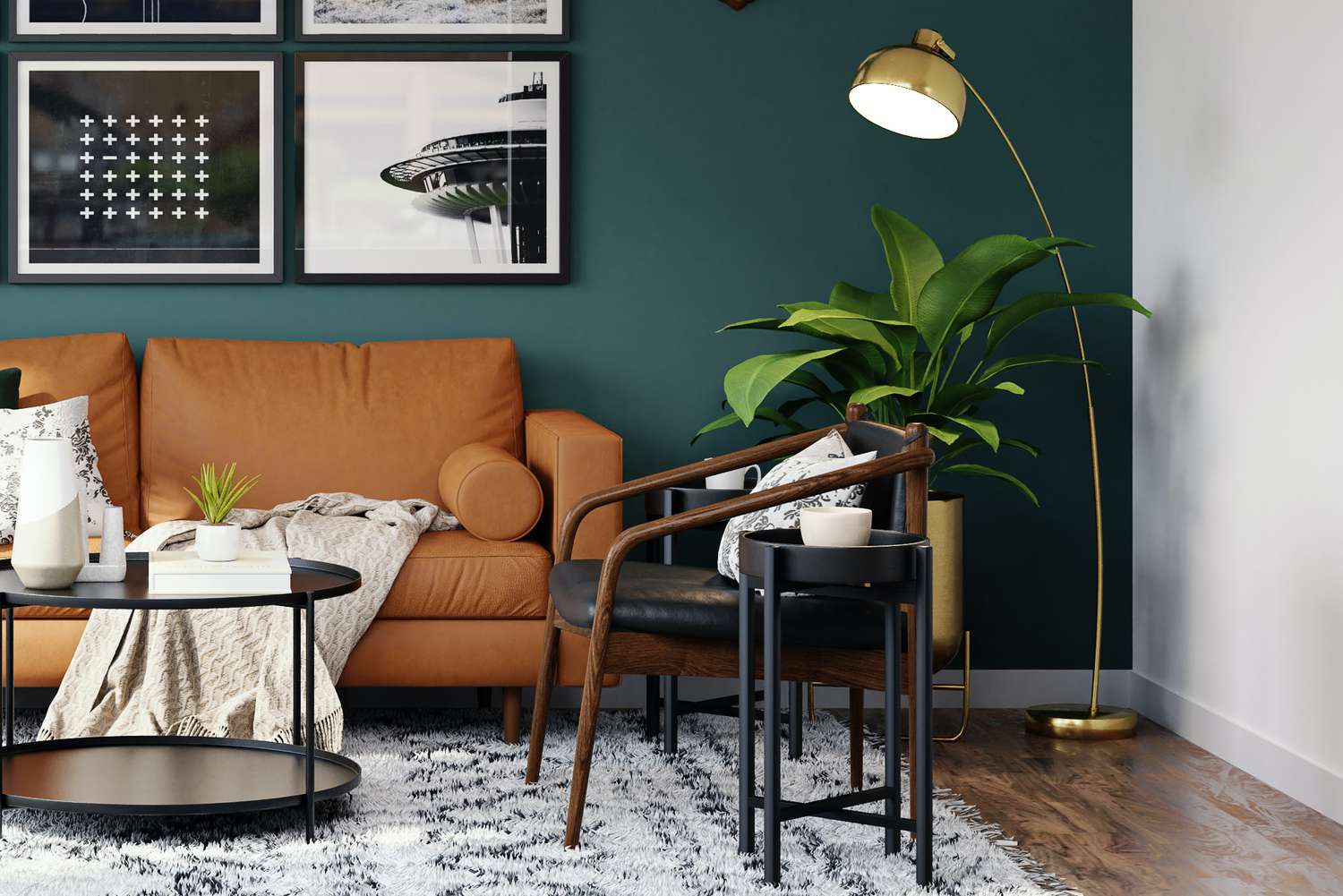
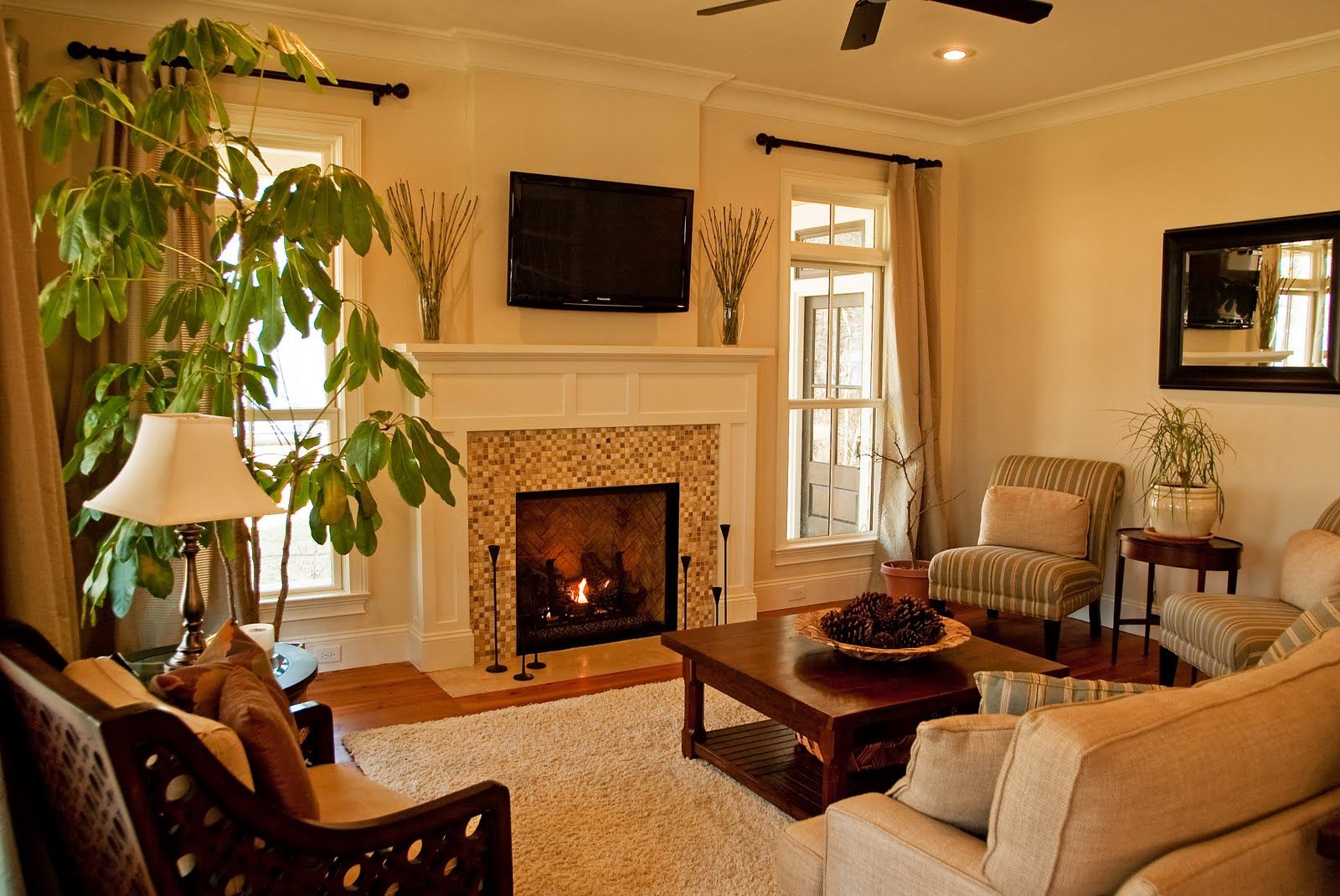
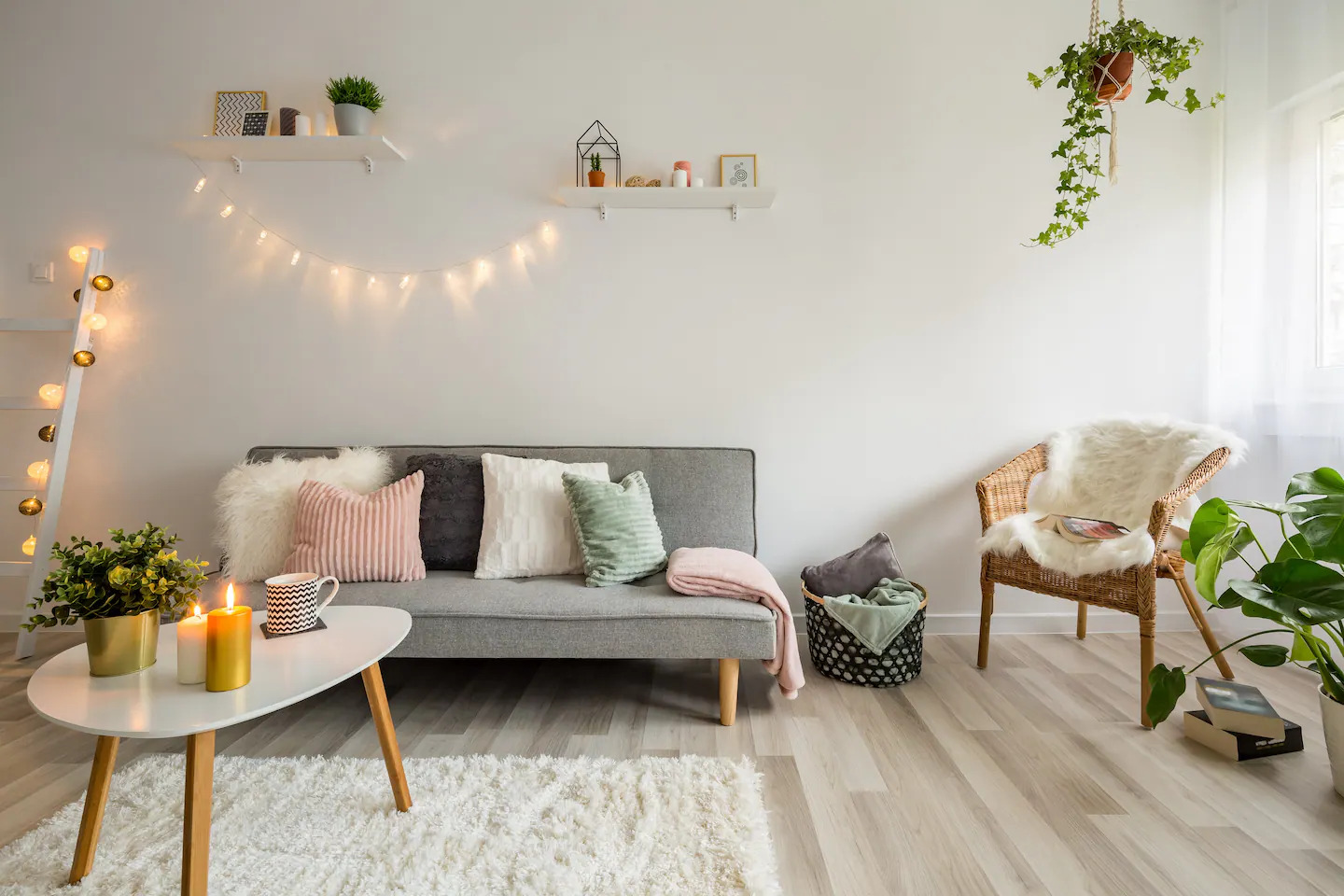
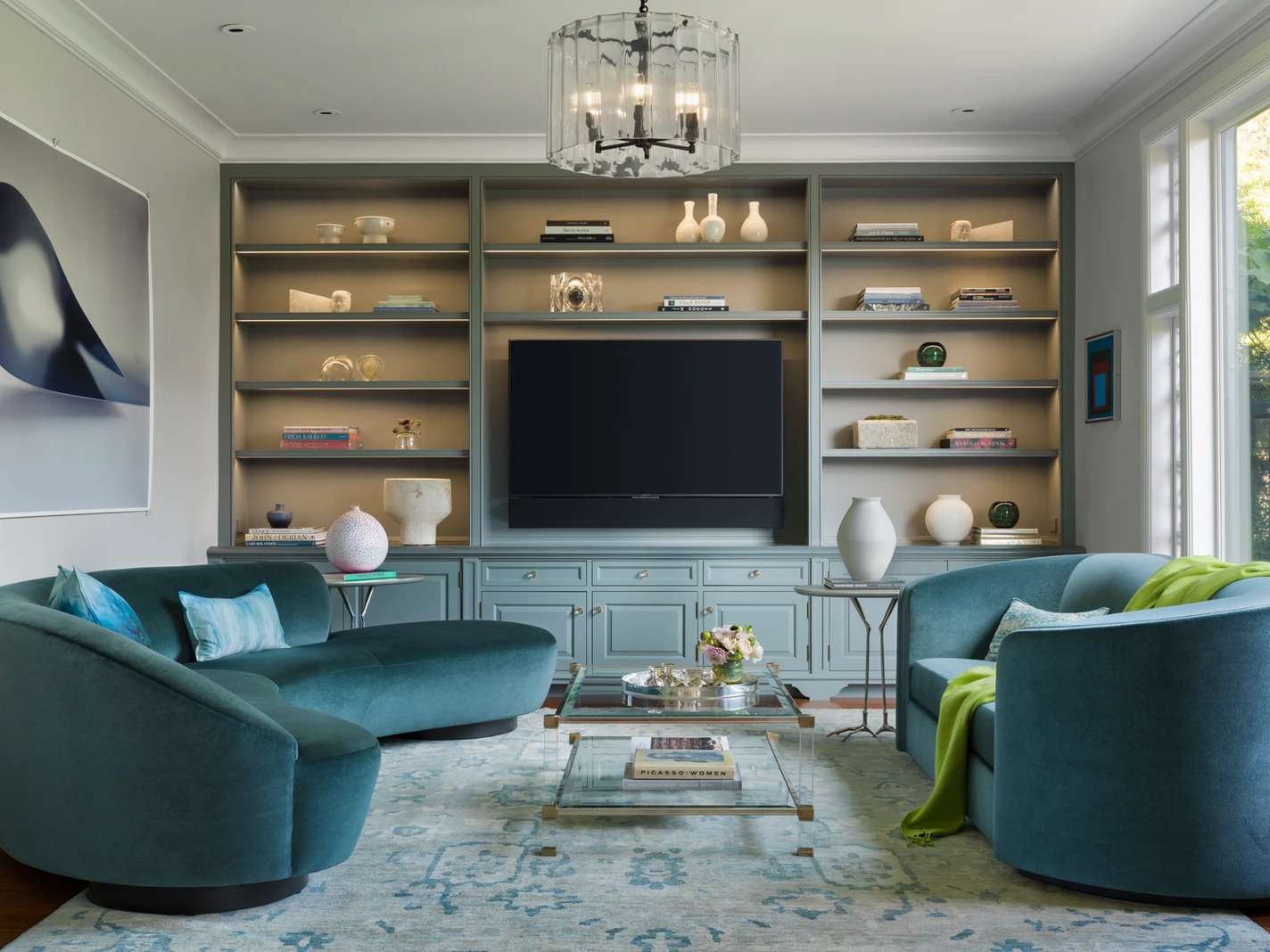
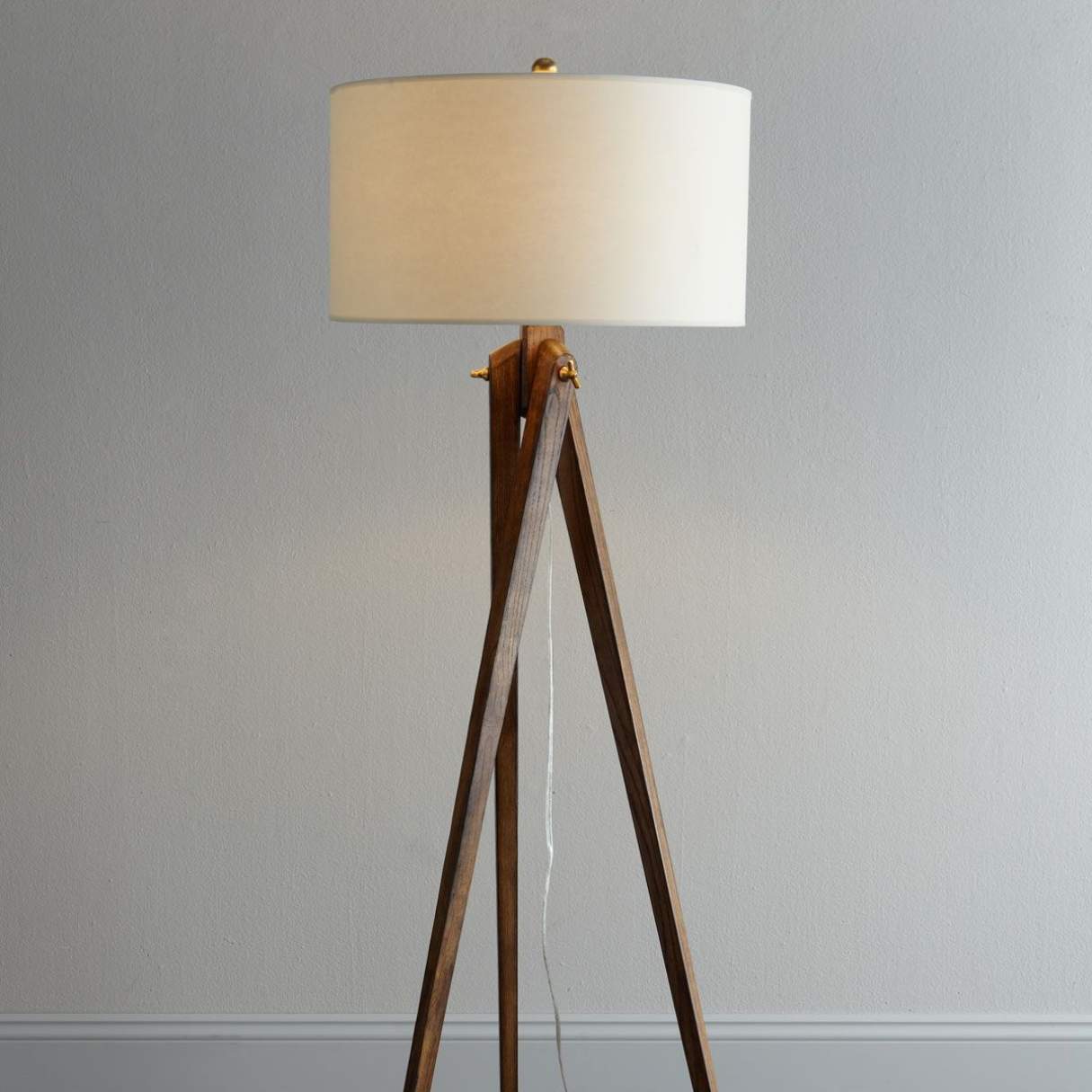
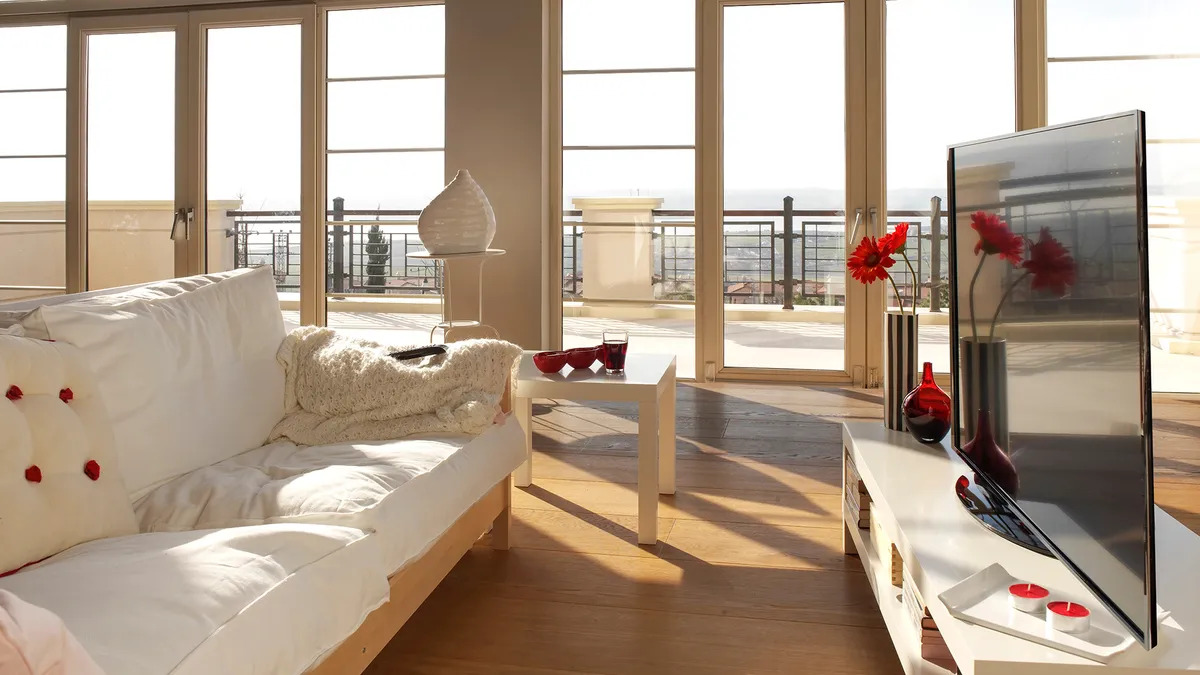
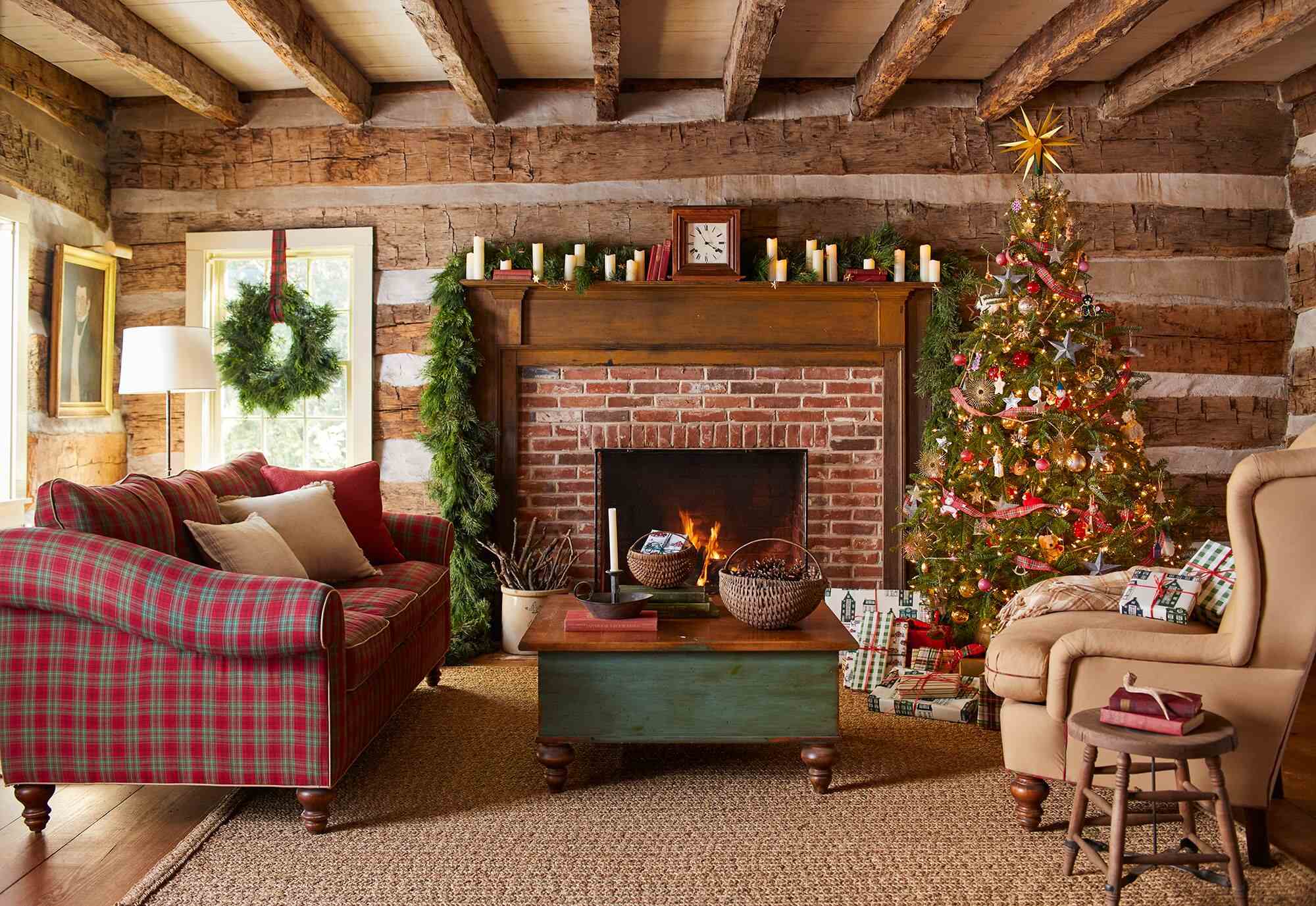

0 thoughts on “Where To Put Baby In Living Room”